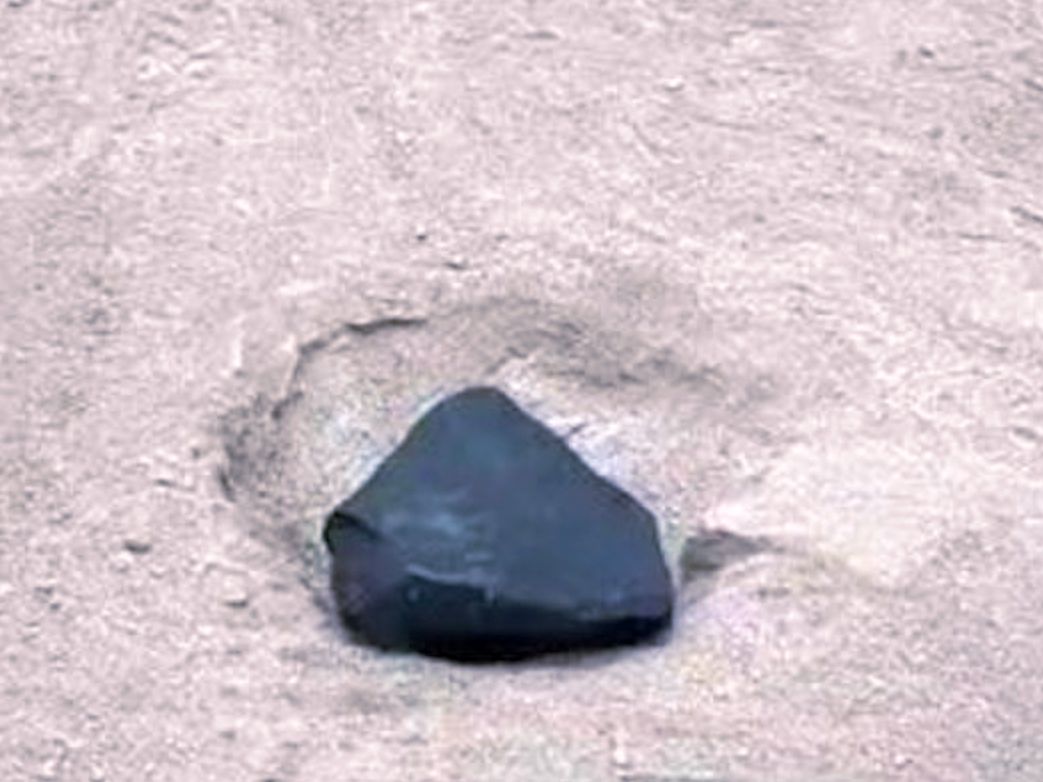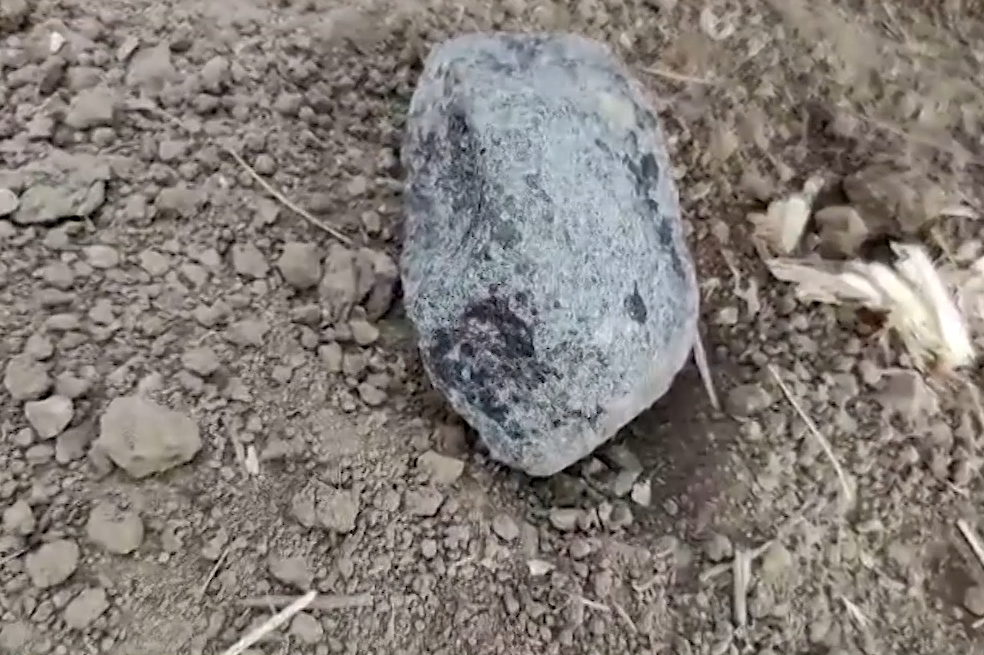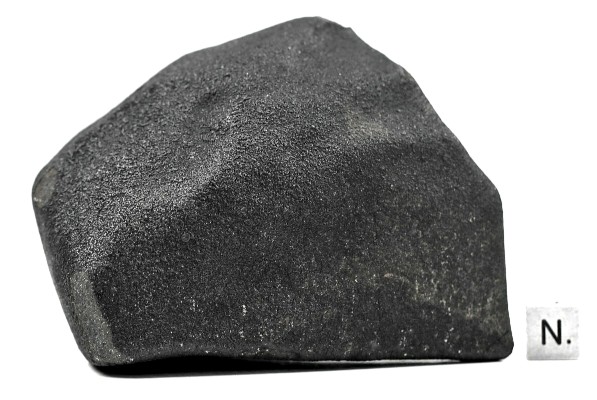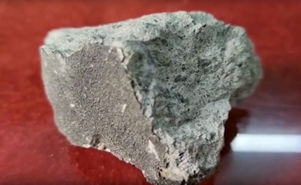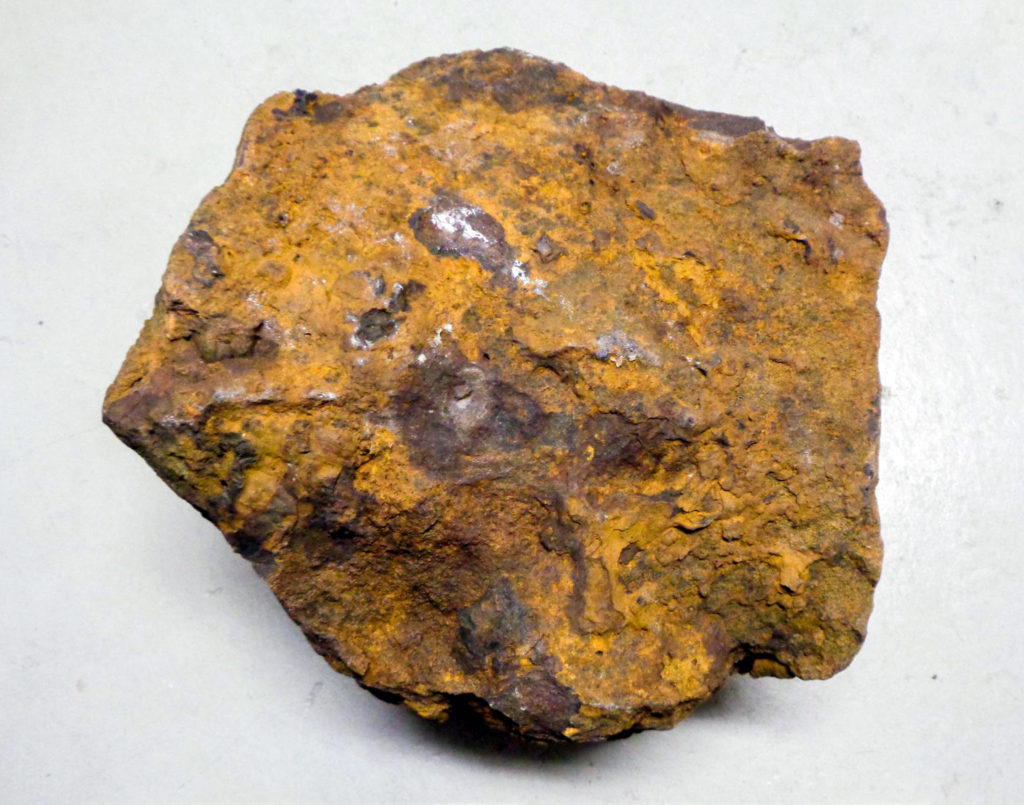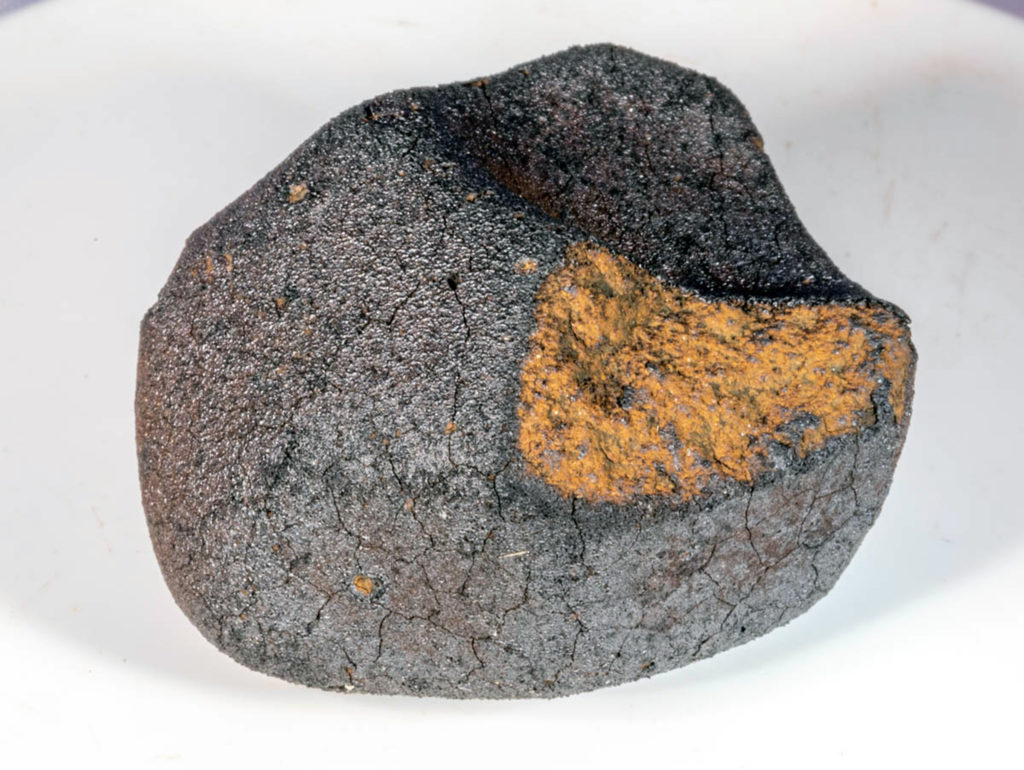NH-rich organic compounds from the carbonaceous asteroid (162173) Ryugu: nanoscale spectral and isotopic characterizationsOPEN ACCESS
L. G. Vacher, V. T. H. Phan, L. Bonal, M. Iskakova, O. Poch, P. Beck, E. Quirico, R. C. Ogliore
Submitted to Meteoritics and Planetary Science – December 26, 2024
“The detection of spectral bands at 3.06 um by MicrOmega, combined with the chemical identification of other NH-containing organic molecules in Ryugu samples, suggests the presence of potential NH-bearing compounds. However, the chemical forms of these NH-rich compounds, whether associated with N-rich organics, ammonium (NH4+) salts, NH4 or NH-organics-bearing phyllosilicates, or other forms, remain to be better understood. In this study, we report the characterization of two Ryugu particles (C0050 and C0052) using multi-scale infrared (mm-reflectance, micro-FTIR, and nano-AFM-IR) and NanoSIMS techniques to constrain the nature and origin of NH-bearing components in the Ryugu asteroid. Our findings show that Ryugu’s C0052 particle contains rare, micrometer-sized NH-rich organic compounds with peaks at 1660 cm-1 (mainly due to C=O stretching of the amide I band) and 1550 cm-1 (mainly due to N-H bending vibration mode of the amide II band), indicative of amide-related compounds. In contrast, these compounds are absent in C0050. Notably, nitrogen isotopic analysis reveals that these amides in C0052 are depleted in 15N (d15N = -215 +/- 92 permil), confirming their indigenous origin, while carbon and hydrogen isotopic compositions are indistinguishable from terrestrial values within errors (d13C = -22 +/- 52 and dD = 194 +/- 368 permil). The amides detected in C0052 could have formed through hydrothermal alteration from carboxylic acids and amines precursors on the Ryugu’s parent planetesimal. Alternatively, they could have originated from the irradiation of 15N-depleted N-bearing ice by UV light or galactic cosmic rays, either at the surface of the asteroid in the outer Solar System or on mantle of interstellar dust grains in the interstellar medium. Amides delivered to early Earth by primitive small bodies, such as asteroid Ryugu, may have played a crucial role in prebiotic chemistry.”

